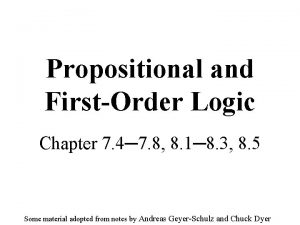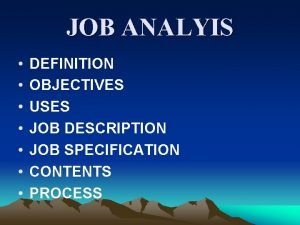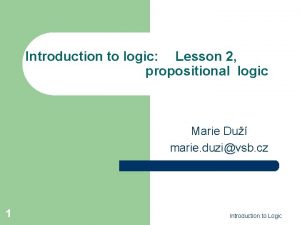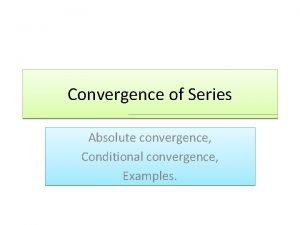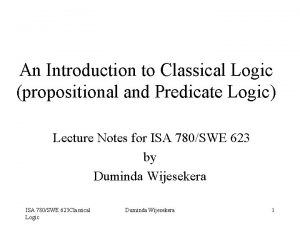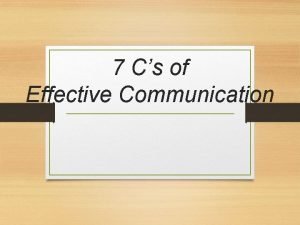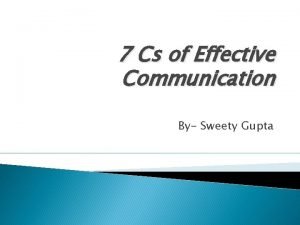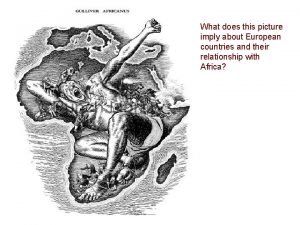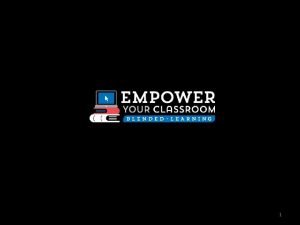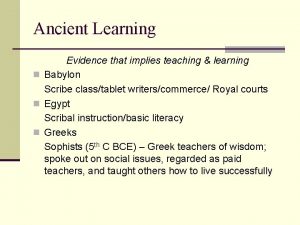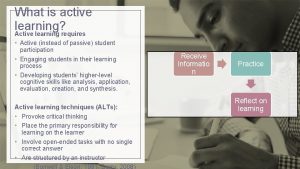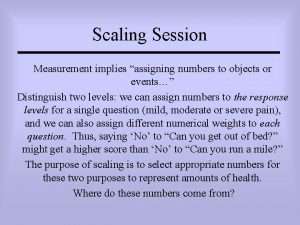Active Learning ACTIVE LEARNING Active learning implies an








- Slides: 8

Active Learning

ACTIVE LEARNING Active learning implies an active role of the learner in the process of achieving new knowledge or skills and is associated with the term learning by doing. Pupils who actively engage with the material are more likely to recall information later and to be able to use that information in different contexts (Bruner, 1961).

Piaget (1970), Vygotsky (1978) and Bruner are regarding knowledge as a composition of insights, emerging from a personal construction.

Both in Bruner’s constructivist theory, as in the social learning theory of Vygotsky and in Piaget’s genetic epistemology with its concepts of cognitive structure there is an active role for the learner. This of course has consequences for the design of the educational environment.

Gagné (1977) distinguishes nine steps of instructional design. Keller (1983) developed his ARCS model, referring to Attention, Relevance, Confidence and Satisfaction.

According to Gal’perin (1992) an active learning process consists of a stepwise formation of mental acts. Active learning requires carefully constructed activities that challenge the learners to perform the tasks the instructor has in mind.

It can be done in many forms, like problem-based learning, project based learning, discovery learning, inquiry-based learning, simulations, games, writing papers, debating, . . .

All forms are based upon learning by doing and learners are engaged in their own learning. To develop skills and competences learners must thoroughly reflect on their actions. And last, but not least active learning is often done cooperatively.
